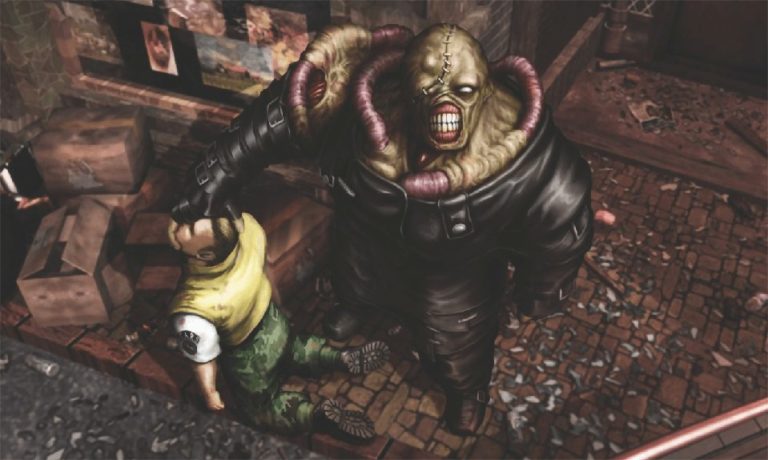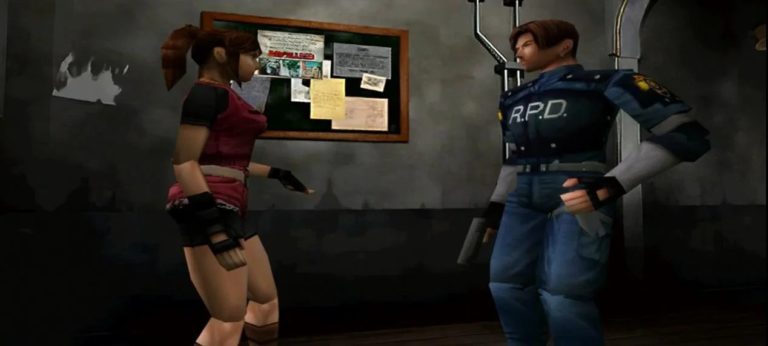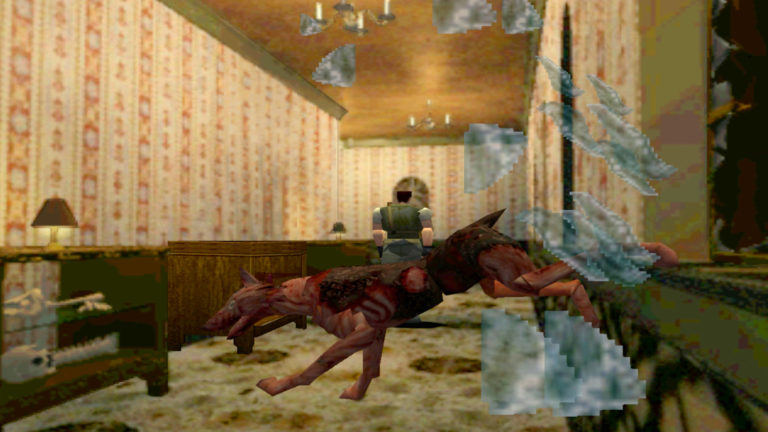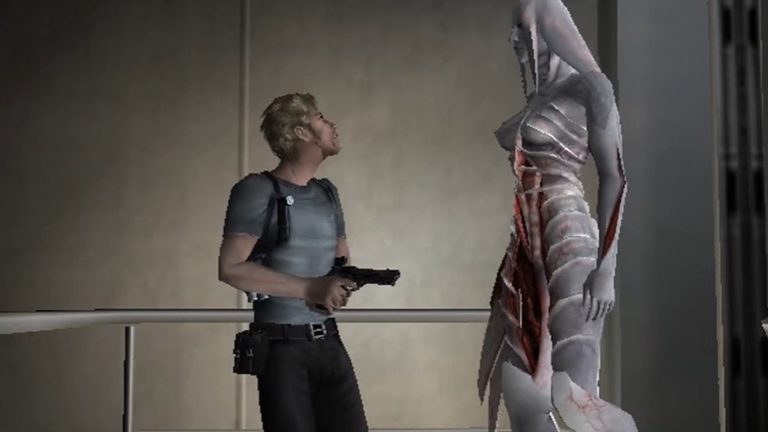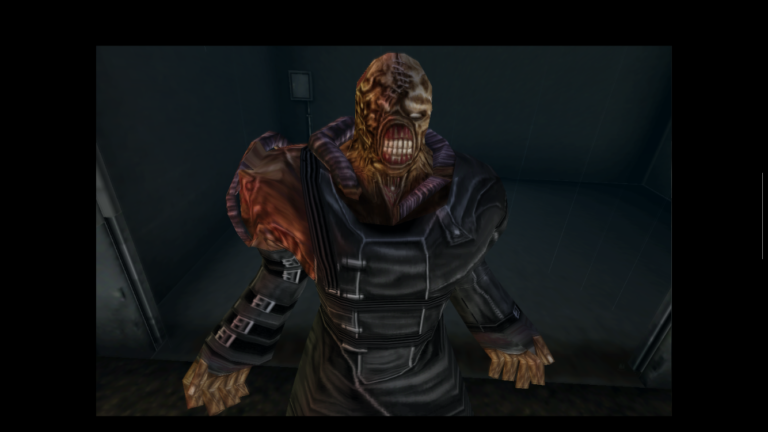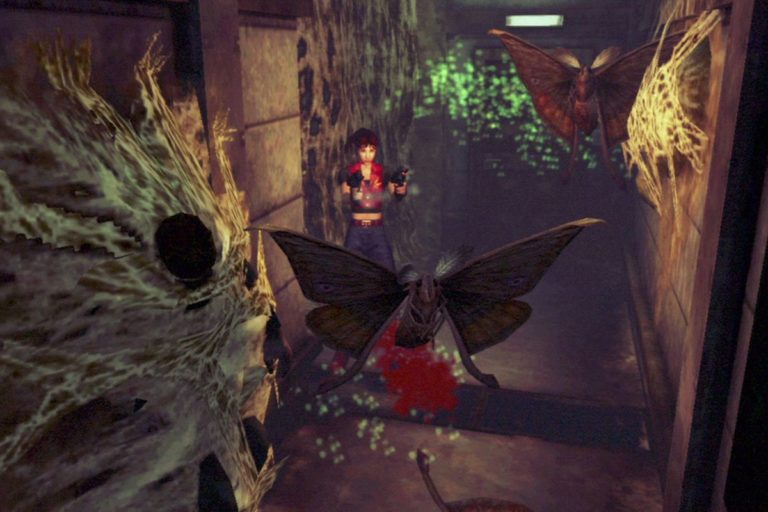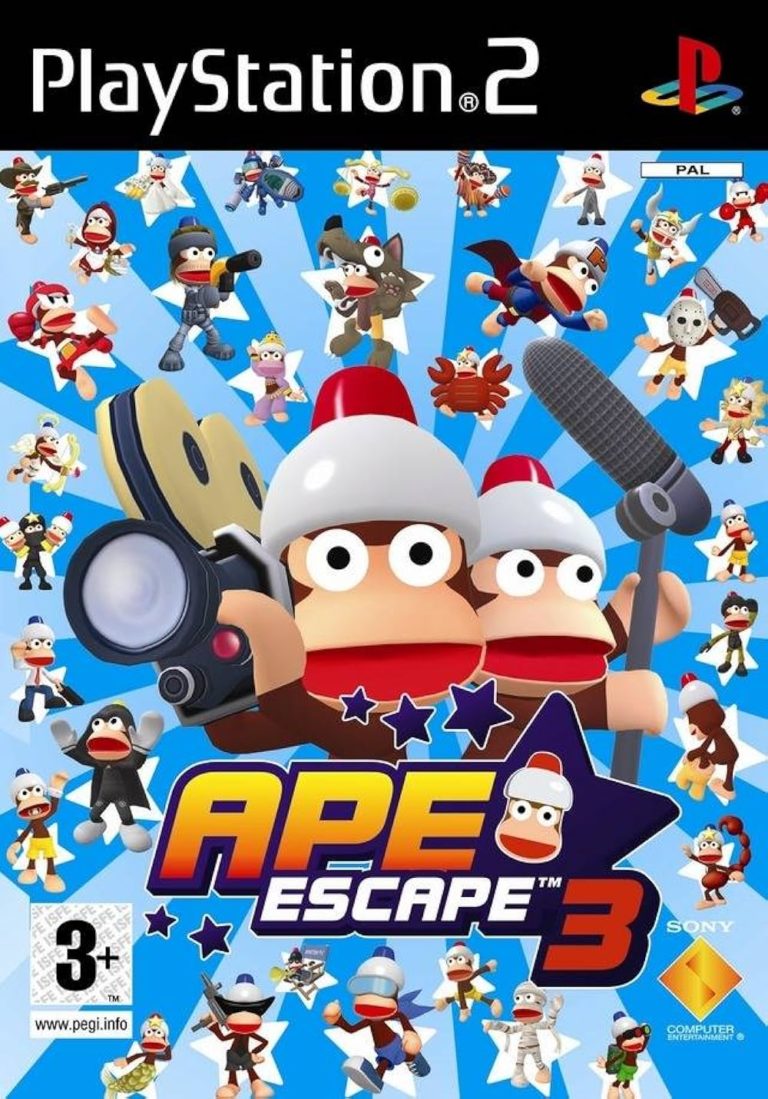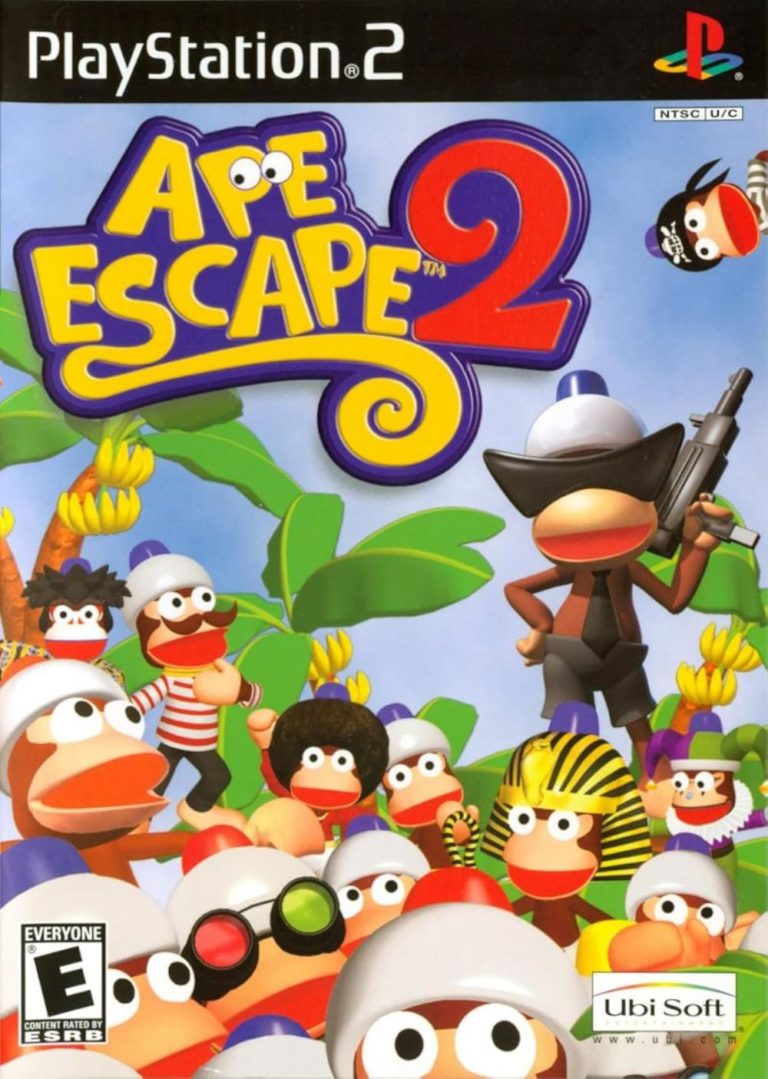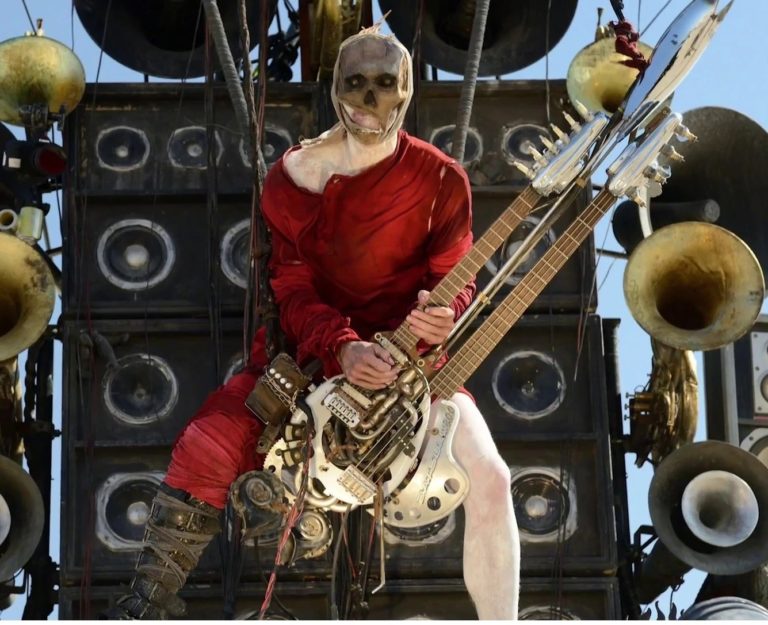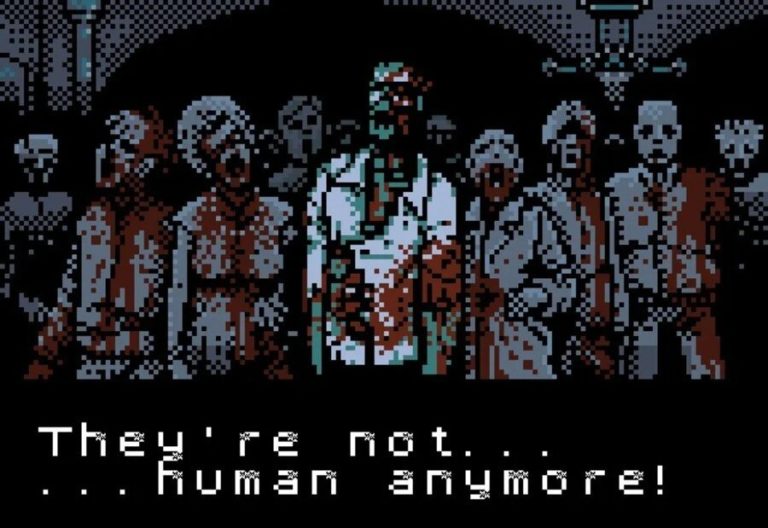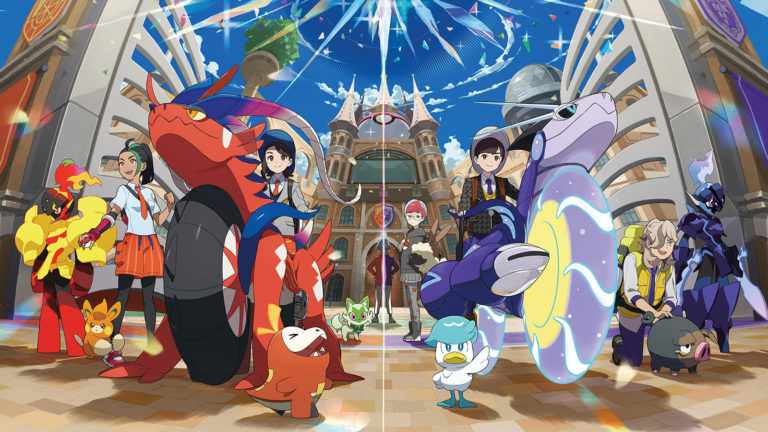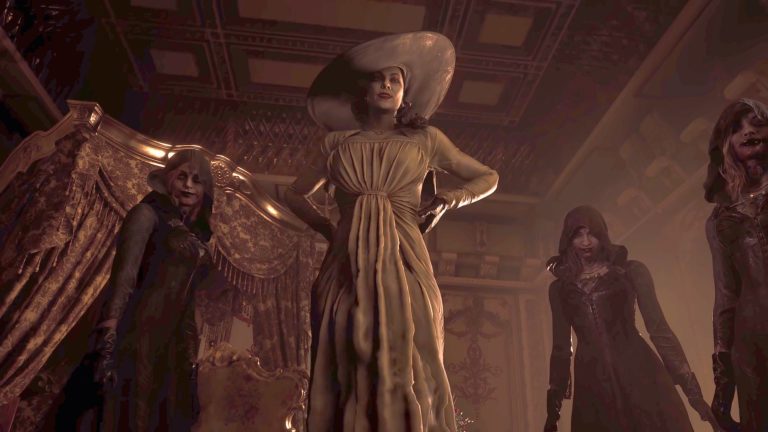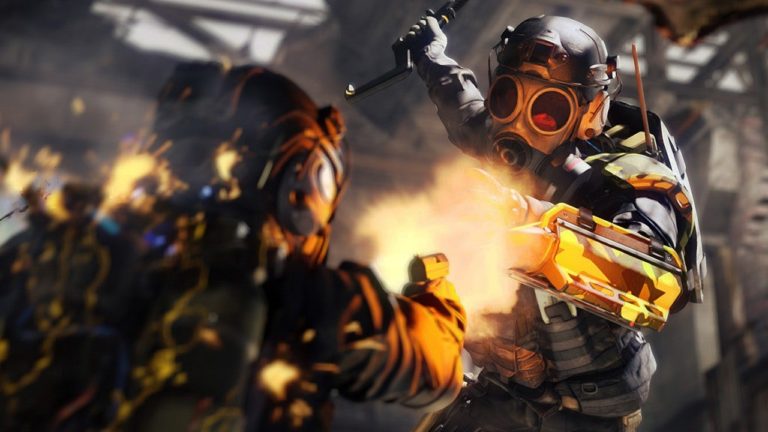Welcome back to the Resident Evil love/hate series! In this entry we’ll be going over the original...
video games
Welcome back to the Resident Evil love/hate series! In this entry we’ll be going over the original...
Welcome back to the Resident Evil love/hate series! Now that we’ve been through all the main entries...
Welcome back to the Resident Evil love/hate series! In this entry we’ll be going over the third,...
Welcome back to the Resident Evil love/hate series! In this entry we’ll be going over one of...
Welcome back to the Resident Evil love/hate series! It has been quite a while since the last...
Welcome back to the Ape Escape Love/Hate series! In this entry we’ll be looking at the final,...
Welcome back to the Ape Escape Love/Hate series! In this entry we’ll be looking at the PS2...
It’s time for a new Love/Hate series on IC2S! For those who have been following my Resident...
It’s been a really long time since I did a proper video game review (holy shit, 7...
Welcome back to the Resident Evil love/hate series! In this entry we’re looking at the truly bizarre...
Welcome back to the Pokemon love/hate series! We’re covering the newest mainline entry in the franchise today,...
Welcome back to the Resident Evil love/hate series! In this entry we’re looking at Resident Evil Village,...
Yeah that’s right, this one doesn’t even have the Resident Evil moniker, Capcom literally just called it...
